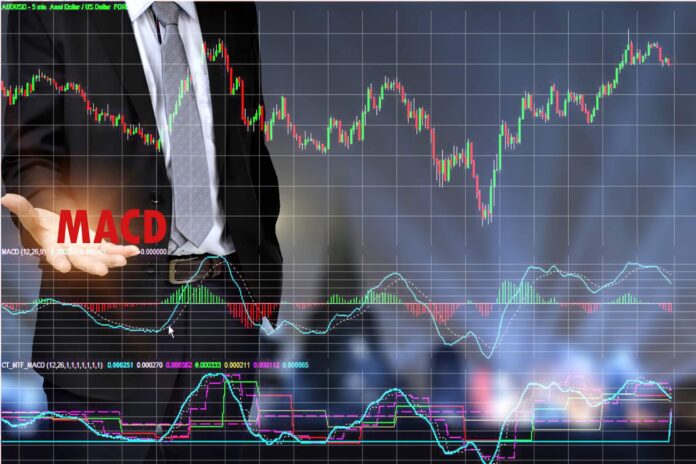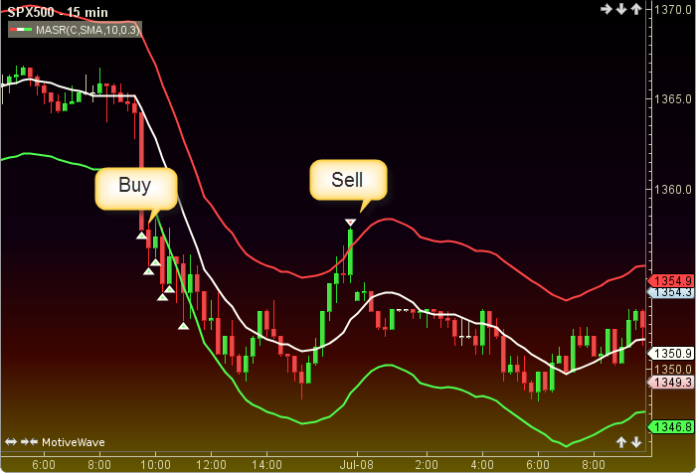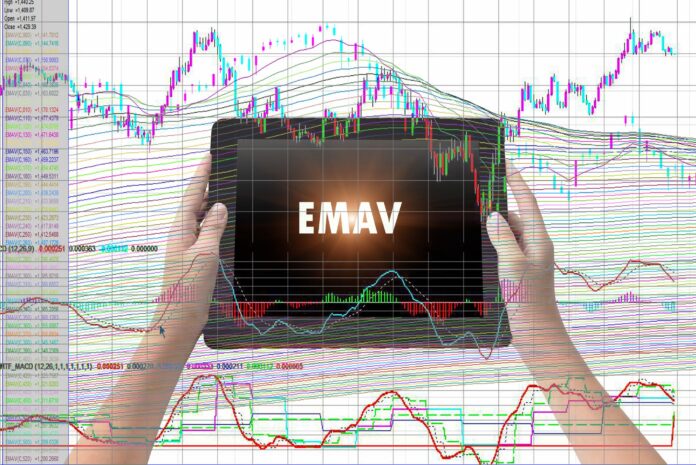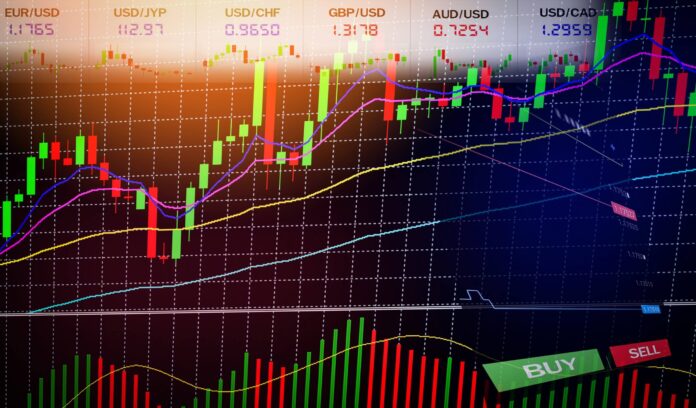There are two main sets of abilities that we as investors must master to become successful: fundamental and technical analysis. They’re incredibly different, yet understanding both is critical if you can understand what’s happening with your investments.
A company’s financial statements are the focus of a fundamental examination. Fundamental analysts evaluate anything that might affect a company’s value. Strategic planning, supply chain management, and even employee relations are all examples of things that fall under this category.
Technical indicators, collectively dubbed “technical,” are differentiated because they do not study any component of the core company, such as profits, sales, and profit margins. The most successful applications of technical for just a long-term investor are to assist in identifying suitable entry and exit opportunities for the company by examining the long-term trend.
What is the most accurate trading indicator?

Intraday traders employ not one but numerous indicators. It helps them to gain a comprehensive insight into the market. Using a variety of time horizons, the indexes analyze the market to identify underlying patterns.
It’s essential to choose trading strategy indicators in conjunction with those that offer price signals and trends, as well as information on popular stocks through volume evaluation and the potential for profit on those trades since these indicators provide essential market information. Staying up-to-date on the latest news is essential for any trader who wants to be successful. After all, the markets are constantly moving, and new information can have a major impact on prices. In order to stay ahead of the curve, many traders use tools like a free telegram to mt4 copier or other trading news analytics. This allows them to quickly and easily receive updates from major news outlets, giving them a valuable edge when it comes to making trading decisions.
Resistance is the complete opposite of support. At this time, an up trending stock is likely to reach a ceiling and begin dropping. The notion here is that equities trading close to barriers are overbought. Therefore, the short-term price movement will most likely be harmful.
Find the stock’s all-time high on the stock chart to see where resistance lies. While moving averages may provide a more precise point of resistance, traders and buy-and-hold investors alike will benefit from keeping an eye on the price’s most significant point of resistance during the last 30 to 90 days.
1. Moving Average (MA)

The stock market’s price data is erratic, resulting in squiggly lines on graphs. Moving averages, commonly referred to as simple moving averages or MAs, are a popular tool for smoothing out these sharp edges and displaying a trendline based on the stock’s average price.
Moving averages may cover any period that you desire. However, the most distinct periods are 30-day, 50-day, 90-day, & 120-day moving averages.
For this example, to determine the 30-day moving average of stock, we need to add the closing prices for the last 30 trading days together and divide the sum by 30. Every day, the eldest number drops from the average, allowing a place for the newest number to be added, thus the term “moving” average.
A moving average may assist you in several ways to make better financial decisions. Some of the most significant include:
-
Determining Support

Stocks that are trading above their moving average are usually on the rise. Moving averages such as the 30-day, 50-day, 90-day, and 120-day moving averages may function as critical supports when a stock approaches resistance and reverses. Should the value break less than its moving average, the move is regarded as a bearish breakout and a warning that large drops are likely ahead.
-
Determining Resistance
When a stock is trading less than its moving average, it is often undergoing a decline. As the stock achieves support and begins rebounding back, the main moving averages will be a source of resistance. If the stock breaks above a sizeable moving average, the event is deemed a bullish breakout, and significant gains are likely ahead.
-
Moving Average Crossovers
Moving averages with varied periods may be used in combination with each other to produce accurate buy and sell signals. The 30-day and 90-day moving averages are often employed as crossovers because they represent the intersection of two moving averages with differing time horizons. When the short-term rolling average crosses above the long-term moving average, the move is considered a bullish crossover, signifying possibly significant gains ahead. Conversely, a bearish crossing occurs when the short-term moving average falls underneath the long-term moving average, indicating more drops.
2. Moving Average Exponential (EMA)

The exponential moving average — frequently abbreviated EMA — functions much like the basic moving average, but there’s one significant difference.
In simple moving averages, the closing price of each day is accorded the same degree of significance as each preceding day’s. So, the oldest price, on average, is equally as valuable as the newest.
Support is the lowest point the value of a security is anticipated to fall to before making a reversal and working its way back toward the top. This is a psychological barrier because the investing community will not allow the asset price below this threshold.
To establish where support exists for a particular investment, all you need to do is take a look at the stock chart. Support may be found at the stock’s lowest position on the chart.
To make matters more complicated, the further back in time you go, the less clear things get. A stock’s current bottom is likely to vary significantly from its previous low on a chart showing the stock’s movement over a month.
In other words, whose pillar of support are you clinging to?
Most investors use moving averages (discussed in more detail below) to locate support and resistance levels since they are more precise. In terms of support as a single technical indicator, investors may examine periods ranging from 30 to 90 days.
The closer a stock trades near support, the more oversold it is deemed to be. A stock’s short-term price movement is more likely to be good if it comes closer to this level.
Do professional traders use indicators?

Professional traders mix market expertise with technical indicators to develop the most OK trading plan. Most skilled traders will swear by the following indicators. RSI (Relative Strength Index) and On-Balance-Volume (OBV).
Indicators provide crucial information on price and on-trend trading signals and give hints on trend reversals. To know more, you may look over the web & gather more info on the given topic, you can check TradingWolf for referance.









